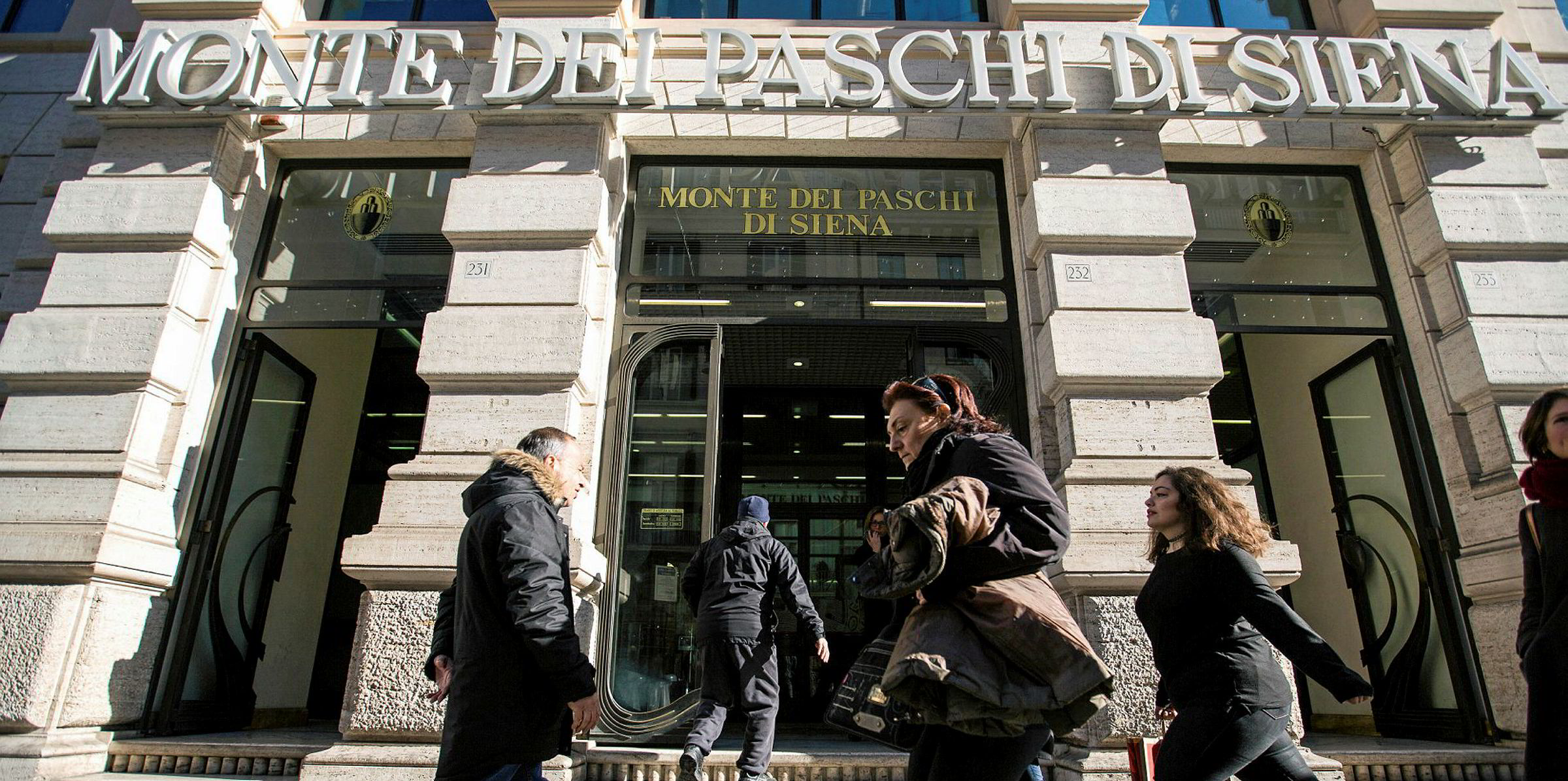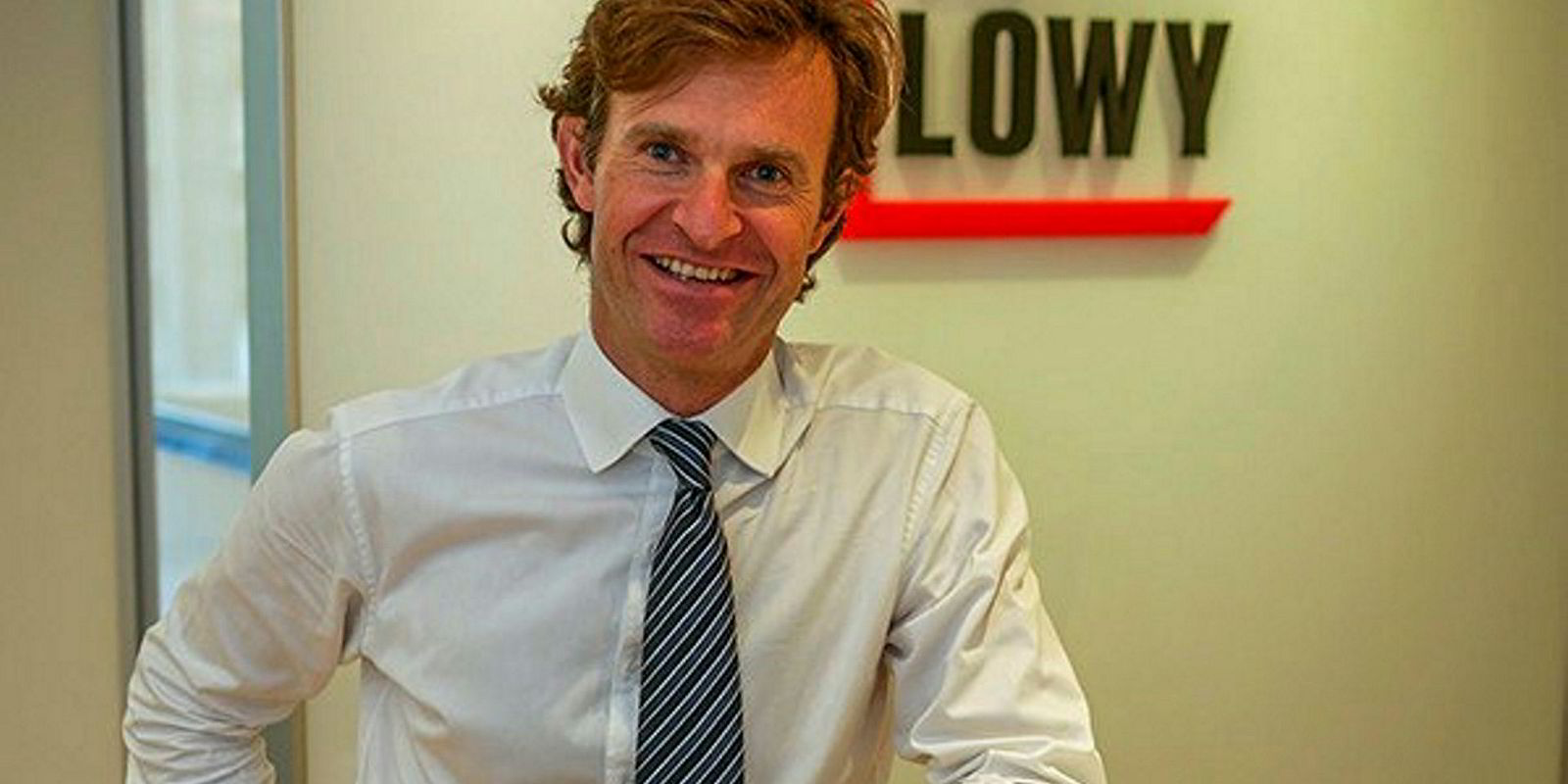Hong Kong distressed asset investor SC Lowy is rebalancing its shipping portfolio from Asia to Europe, and it sees Italy as a prime opportunity.
The acquisition of Italian bank Credito di Romagna (CdR) in April will provide a domestic platform and regulatory cover for further bad-debt investments.
So says co-founder and chief investment officer Soo Cheon Lee, following SC Lowy’s acquisition, announced this month, of the bad shipping loan portfolio of the world’s oldest bank, state-controlled Banca Monte dei Paschi di Siena (BMPS). The six-vessel portfolio has a gross outstanding value of $160m.
Given the size of Italy’s distressed fleet and the pressure on banks to rebuild their balance sheets, Lee says well over $1bn in deals remain to be done there.
He says his company can be expected to do further similar bad-loan acquisitions in Italian shipping this year and next under current conditions.
He identifies three factors: “First, the improving value of the underlying assets in the dry bulk sector, which is bringing the market price for such assets closer to the level of the provisions the banks have made for bad loans.
"Second, the efforts of Italian banks to recapitalise their balance sheets. And third, the pressure on them from the European Central Bank to clean up their non-performing loans [NPLs].”
Italian ship finance is especially ripe for bad-loan portfolio acquisitions because its NPL level is around 20% — a figure that makes banks vulnerable to regulatory pressure.
SC Lowy’s exit strategy after such investments could be to take over assets and sell them, or to work with the shipowner sponsors of distressed assets to restructure.

“Typically, it is our preference not to take over the asset,” Lee said.
“We are not a ship operator. But we sometimes do so, as we did most recently in the case of Hanjin’s containerships and some of its tankers.”
The company is “talking very actively with other Italian banks” to build up its shipping book with further portfolio deals through its Milan branch and CdR.
“Italy is very regionalised, so we are talking to a lot of regional banks,” he said.
Lee also indicates that funding is not an issue. “If we have the right opportunity, I don’t think capital is a problem. If the total size of the relevant Italian shipping investments were over $1bn, we might need to come up with some kind of consortium.
"But because of our track record, I don’t think that would be a problem. The problem is more finding the opportunities than finding the capital.”
SC Lowy also owns a South Korean bank, which, like CdR, has a balance sheet of around $1bn. That is also roughly the size of SC Lowy’s trading business, which could be drawn on for investments.
The fixed-income specialist’s shipping book is about half Asian and half European, although it is hard to be precise about this distinction because of the global nature of the business and its end users.
“But Europe is the growing market for us, and we are trying to reduce our exposure to Asia as a proportion of the total,” Lee said.
He describes Italy as a better target than Germany because the German banks standing behind the ships that were originally financed by the KG (limited partnership) system are less flexible.
“We did look into Germany as a source for acquiring bad shipping loans,” he said.
“The problem is the prices expected by the banks. There is a greater discrepancy between their price expectations and the ships’ value than in Italy.”
Confidentiality agreements have hindered SC Lowy from revealing exact details of the BMPS deal, but Lee says the six ships comprise three bulkers in the kamsarmax and post-panamax range, an aframax, an MR tanker and an offshore service vessel.





